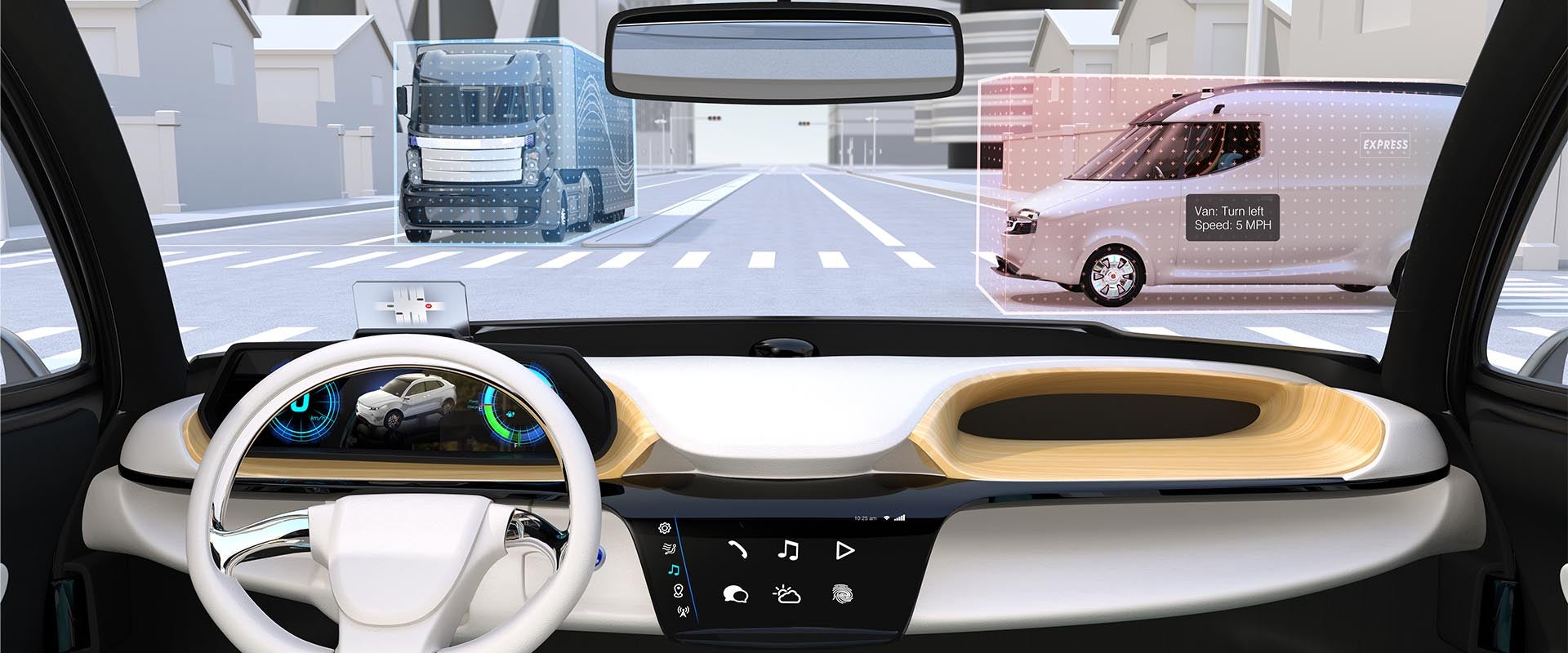
Background and challenge
Having acquired a provider of vision technology and related equipment used mainly in municipal solid waste (MSW) trucks, a diversified industrial company called upon L.E.K. Consulting to evaluate other prospective new vehicle end markets. We worked with the client to develop a growth strategy for its machine vision/sensor technology, focusing in particular on areas with the strongest potential for uptake and long-term success. Market entry strategies were then developed for each prioritized end market, including both organic and M&A-based options.
Approach and recommendations
We conducted a thorough assessment of the client’s acquired technology, including its uses/benefits within different industries, in order to compile a list of possible vehicle end markets. From there, we examined each of the target firms’ fundamentals, including size/structure of the company, rate of growth and alignment with the solution’s value proposition. Finally, organic as well as M&A-based entry options were considered for each of the designated end markets.
By excluding segments with higher entrance barriers, we were able to isolate the most attractive prospects for the client, which included fire equipment, towing vehicles, mounted aerial work platforms and road maintenance firms. Each of these targets had large fleets, a solid record of growth, plus higher estimated valuation and telemetry demand.
As M&A presented the best entrance mechanism for the client, we explored a number of possible acquisition opportunities, ranging from telemetry specialists within an end market and telemetry providers across end markets to cloud-based integrator/analytics providers.
While such strategies offered the potential for rapid market-share gains, each involved some degree of risk. For instance, because M&A would only net a relatively small customer base, succeeding as a telemetry specialist would likely require multiple acquisitions and therefore increased management involvement, as well as substantial M&A capital. Accordingly, we prioritized assets that relied on a unique ecosystem of tech solutions intended to meet the needs of the designated end market.
Results
Going forward, the client is expected to benefit from the unique technology ecosystems within each end market, including applications covering asset tracking/telemetry, fuel management, route optimization, operator-behavior management and more.
Furthermore, using L.E.K.’s guidance, the company was able to extend its reach to include a number of other vehicle end markets, ranging from utility trucks, concrete mixers and mobile cranes to school buses, service vans and first-responder vehicles.
09262019110900
